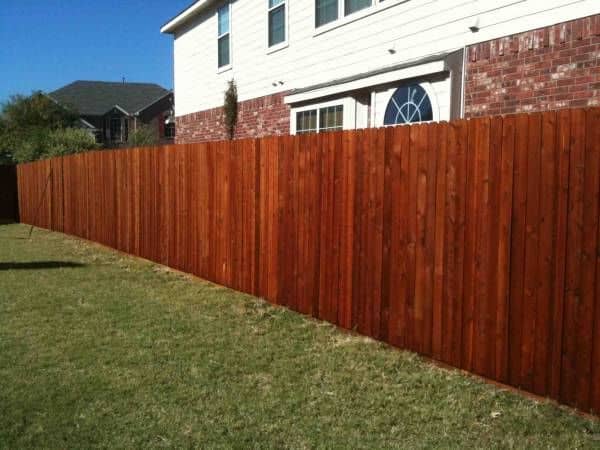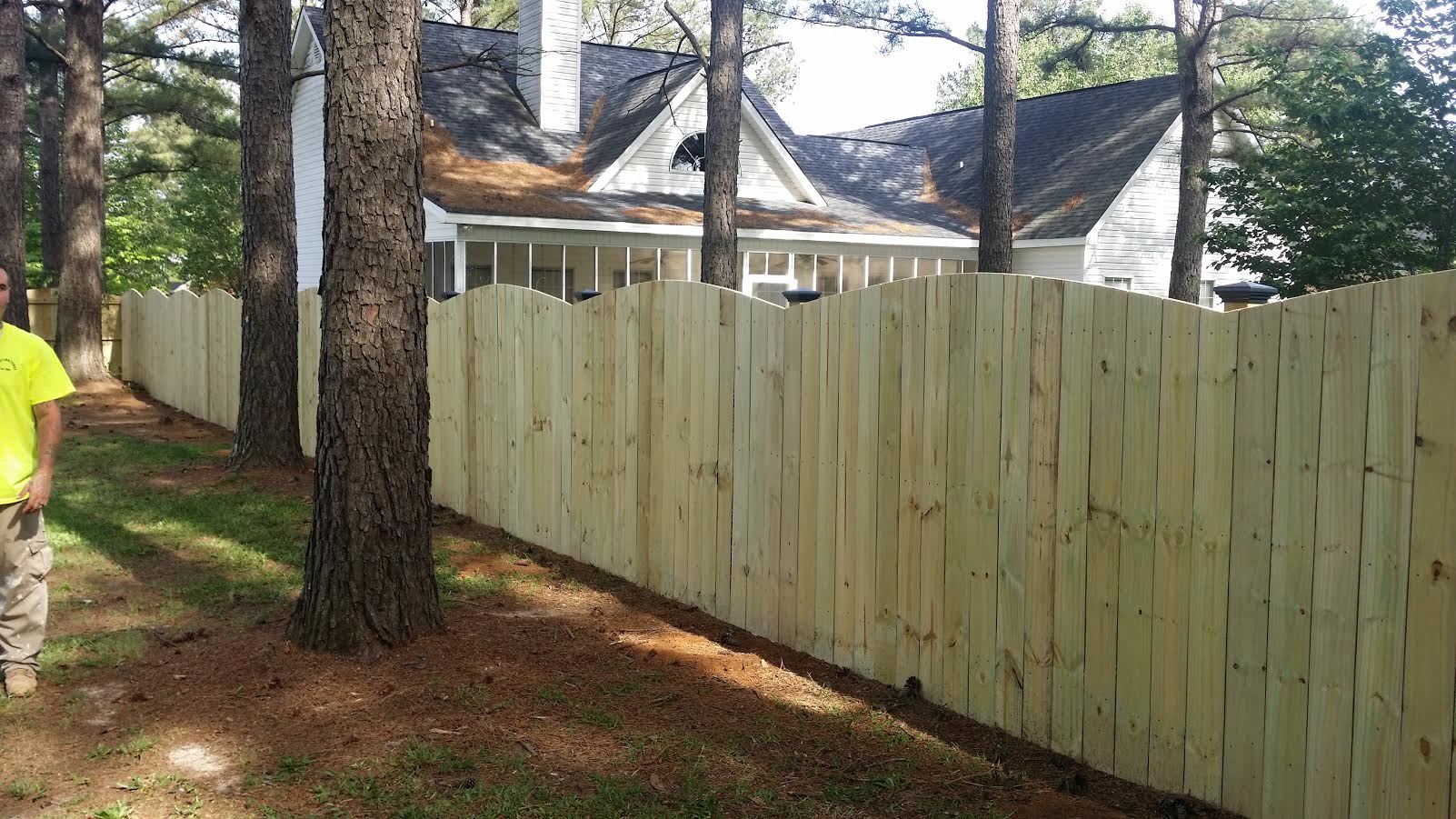Exactly How to Select the Right Fencing Spot for Your Residential Or Commercial Property
When it concerns enhancing the appearance and durability of your property's fence, choosing the best stain is an essential choice that requires careful factor to consider. With a myriad of options available in the market, each dealing with different timber kinds, shades, and openness levels, the process can promptly become overwhelming. Nevertheless, making an educated choice can significantly affect the overall aesthetic appeals and longevity of your fencing. So, just how can you guarantee that you pick the ideal fencing tarnish that aligns with your home's style and maintenance demands? Allow's check out some crucial variables to direct you in this decision-making procedure.
Comprehending Wood Types
To choose the appropriate fence stain, it is important to have an extensive understanding of the numerous kinds of timber frequently utilized for secure fencing. When picking a fencing discolor, it is essential to think about the type of wood being used to ensure compatibility and optimal protection. Understanding the qualities of different timber types will aid you make an educated decision when it comes to selecting the ideal fence discolor for your home.
Selecting the Right Color
Picking a suitable color for your fence tarnish is an important choice that dramatically affects the overall aesthetic allure of your home. Lighter shades such as whites or light grays can make a fence appear larger and include a touch of beauty to your property. Ultimately, the best shade option will certainly boost the appeal of your fence and boost the overall aesthetic appeal of your home.

Taking Into Consideration Openness Degrees
When selecting the appropriate shade for your fencing stain, one more important element to take into consideration is the level of transparency that will certainly best fit your residential property's visual and upkeep requirements. Openness degrees in fencing stains normally drop right into 3 categories: transparent, semi-transparent, and strong. Consider the level of exposure your fence deals with, the wanted upkeep regularity, and the visual you wish to achieve when choosing the ideal openness level for your fence discolor.
Examining Upkeep Demands
Taking into consideration the longevity and upkeep of your fence, reviewing the upkeep needs is crucial in identifying the most ideal fencing tarnish for your building. The degree of upkeep required for your fencing can vary depending upon factors such as the kind of wood, climate condition in your area, and your individual choices.
When evaluating upkeep demands, it is crucial to consider the sturdiness of the fence stain. Some discolorations require more constant reapplication than others, so selecting a discolor with a much longer life expectancy can aid a knockout post decrease the overall upkeep needs of your fencing (Fence Staining). Additionally, aspects such as resistance to UV rays, water, and mildew can affect how commonly you need to re-stain your fence

Testing Samples Prior To Application
Before using any type of fencing discolor, it is recommended to conduct sample examinations to guarantee compatibility with the timber and desired aesthetic outcome. Examining samples allows you to examine how the tarnish will engage with the certain type of timber used in your fence, as different timbers can take in stains in different ways. To start, choose a small low-profile area of the fence to use the tarnish samples.
Verdict
In verdict, selecting the proper fencing stain for your property includes recognizing the wood type, selecting the appropriate color, thinking about transparency degrees, reviewing maintenance requirements, and screening samples before application (Fence Staining). By taking these variables into consideration, you can ensure that your fence discolor enhances your home while giving the required security and durability. Make an informed decision to boost the appearance and durability of your fencing